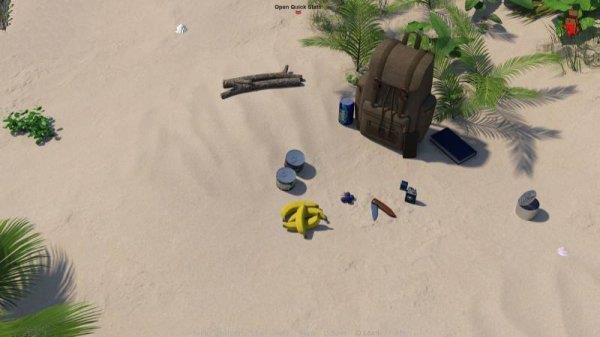With the February 28th release of Monster Hunter Wilds fast approaching, developer Capcom has announced it's actively working to lower the game's recommended GPU requirements. This news, revealed via the official German Monster Hunter X/Twitter account, also includes exploration of a standalone PC benchmarking tool.
Currently, Capcom recommends an Nvidia GTX 1660 Super or AMD Radeon RX 5600 XT for achieving 30 FPS at 1080p. This minimum specification also necessitates an internal resolution of 720p, upscaling to 1080p via DLSS or FSR at the lowest graphical settings.
For a smoother 60 FPS experience at 1080p, the recommended hardware includes an RTX 2070 Super, RTX 4060, or AMD RX 6700 XT, again utilizing upscaling and Frame Generation technologies. Notably, only the RTX 4060 supports Nvidia Frame Generation, while the 2070 Super and 6700 XT rely on FSR 3, which, as noted in the previous beta, exhibited ghosting artifacts.
Targeting 60 FPS with Frame Generation isn't always optimal; Digital Foundry suggests a 40 FPS baseline for third-person games. Running below 60 FPS with upscaling can introduce noticeable latency, impacting responsiveness.
The Monster Hunter Wilds open beta highlighted performance struggles for players with lower-end hardware, even mid-range cards like the RTX 3060 experienced issues. A prevalent problem was a low-LOD bug preventing the game from loading high-detail textures for characters and monsters.
Built on Capcom's RE Engine (first seen in 2017's Resident Evil 7), the engine has powered titles like Devil May Cry 5, Monster Hunter Rise, and Street Fighter 6, generally delivering strong performance across platforms. However, larger open-world games utilizing the RE Engine, such as Dragon's Dogma 2, have faced performance challenges on both consoles and PC, raising concerns about Monster Hunter Wilds. With the beta and launch dates approaching rapidly, Capcom's efforts to reduce GPU requirements could prove crucial for the game's PC reception.







![NULL [Remastered]](https://imgs.39man.com/uploads/71/1719651062667fcaf6c483b.png)








